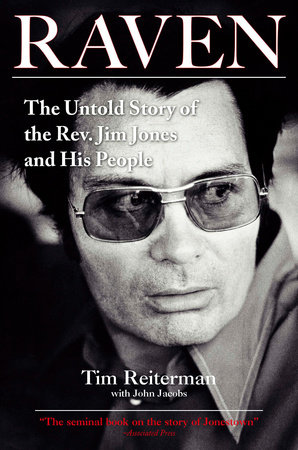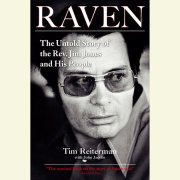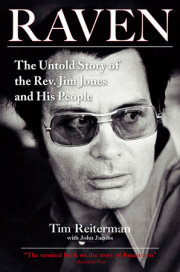PrefaceThree decades have passed since more than 900 Americans suffered horrible deaths in the jungle of the impoverished South American country of Guyana. The events in Jonestown on November 18, 1978, orchestrated by a charismatic preacher named Jim Jones and triggered by the slaying of a United States congressman on a nearby airstrip, have long ago moved from worldwide headlines to the pages of history. Yet fascination with the final days of Jonestown and the life of Jones has persisted over the years.
One of the most shocking and baffling events of the last century, the demise of Peoples Temple has been chronicled in books, movies, documentaries, plays, scholarly studies and countless television retrospectives. The images of an American tragedy on foreign soil -- poisoned punch squirted down the throats of infants, families locked in final embrace, mounds of bodies bloated in the tropical heat -- have endured in print, photos, video footage and memory.
Jonestown has come to symbolize unfathomable depravity, the outermost limits of what human beings can visit on each other and themselves, the ultimate power of a leader over his followers. Although complex and elusive, the reasons for the collapse of the Temple’s utopian dream into a hellish nightmare have been reduced again and again to a simplistic interpretation: a Svengali led his compliant, even robotic, flock to mass suicide. But Peoples Temple was more than a creation of one man’s vision. The Temple was a product of its time and the search for alternative religions and social relevance in the post-civil rights and post-Vietnam eras. Its story also speaks to the timeless yearnings of the human spirit for a sense of belonging, to be part of something larger than ourselves.
Above the wooden, throne-like chair from which Jones lorded over his people hung a sign that said: “Those who do not remember the past are condemned to repeat it.’’ However, remembering the past is one thing, understanding it quite another. And this volume endeavors to do both, while piercing the many myths that have shrouded the truth about Jones, his followers, and the remote agricultural settlement that bore his name. —Tim Reiterman
2008
Copyright © 2008 by Tim Reiterman. All rights reserved. No part of this excerpt may be reproduced or reprinted without permission in writing from the publisher.












